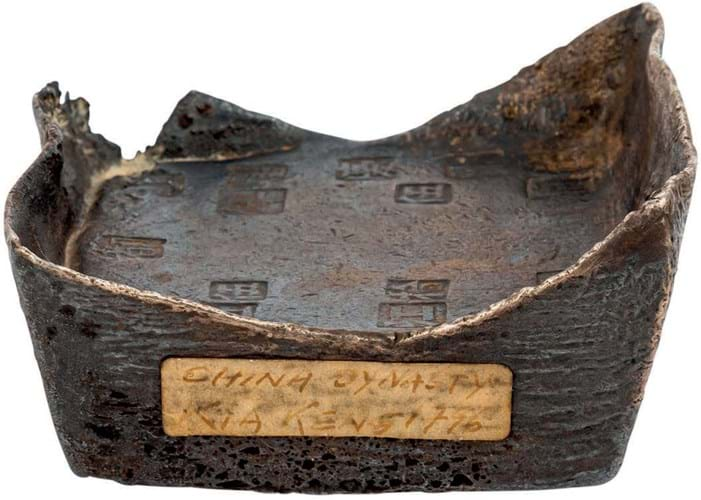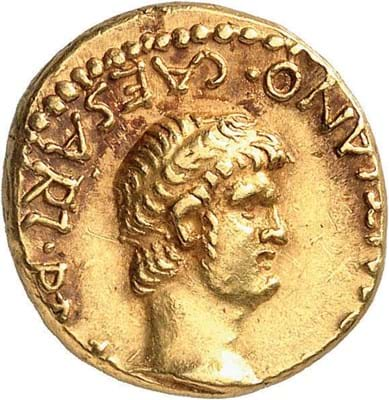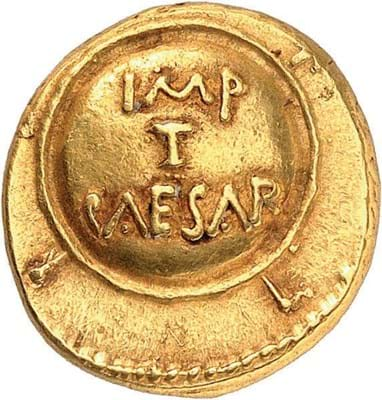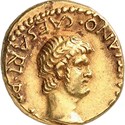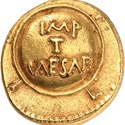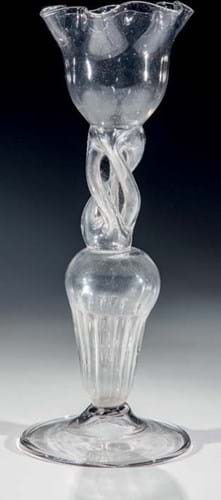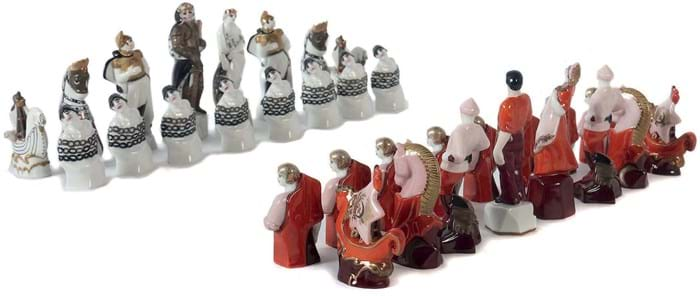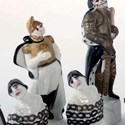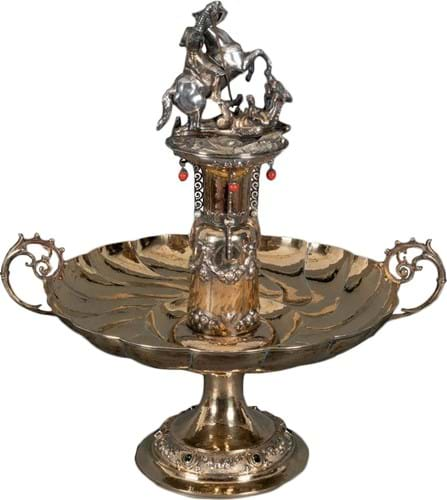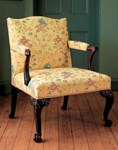Like their European colleagues, German auction houses had to act quickly to react to the changes in regulations brought in by the regional and national governments.
Several decided to postpone their sales to a later date, which in many cases has yet to be decided.
As things stand, April 20 is the current date on which the national lockdown might be relaxed. Most observers are, however, expecting it to be prolonged.
Many auction houses adapted to the new situation and transformed their sales to accommodate solely solely via phone, commission and internet bidders (making use of online marketplaces such as lot-tissimo.com, owned by ATG’s parent, Auction Technology Group).
While there were the unavoidable disappointments, the general mood was fairly upbeat and the majority of recent sales achieved many notable prices for interesting works of art, some of which are illustrated here.
£1 = €1.10
'Largest coin ever made'
Sycee or yuanbao were a key form of currency in China for more than a millennium. While coins were used for small transactions, these solid silver ingots (made by local goldsmiths rather than a designated mint) were used when a larger medium of exchange was required.
In addition to a multitude of different regionally specific forms (saddle, boat and drum forms are perhaps the most common) sycee differ obviously in size. Some weighed less than one tael (about one ounce).
The largest, such as this Qing example pictured top, offered for sale by German auction house Eppli of Leinfelden-Echterdingen on March 28, were cast with bullion weighing 50 taels.
Most large sycee were melted to cast silver coins and there are many reproductions and forgeries on the market. However, this example, tipping the scales at 1875g, has a series of marks for the emperor Jiaqing (1796-1821) and was deemed of the period.
The hammer price for ‘the largest coin ever made’ was €14,000 (£12,730). It sold via thesaleroom.com.
The winner by a distance
At Künker (23% buyer’s premium) in Osnabrück on March 16-20 what started as a normal sale continued as a self-distanced sale and finished as a purely online and phone auction, due to the restrictions imposed on a daily basis by the regional government.
Fortunately, the unsettled situation did little to deter the bidders who had after all been able to visit the viewing on a normal basis.
The Samel Collection of Jewish coins was one of the many attractions and produced the most spectacular result. This was achieved for a gold aureus, struck in October 70 during the reign of Titus Vespasian with a bust of his brother Domitian, marking the latter’s birthday.
This particular aureus, which was purchased by Josef Samel in the 1960s, is the only documented example struck to mark this event. Such memorial coins were the expression of a highly political statement: the gold used came from the sacred treasure of the Temple in Jerusalem, which the Romans had plundered. They were given to dignitaries to commemorate special celebrations such as birthdays.
At some time, this gold coin must have come into the hands of a Jewish person, judging by the angry Hebrew graffiti scratched onto the surface of the coin on either side of Domitian’s head, which states quite simply ‘die’. Künker had been expecting €30,000, but the numerous international bidders drove the price to €340,000 (£309,090).
Meissen moderniser
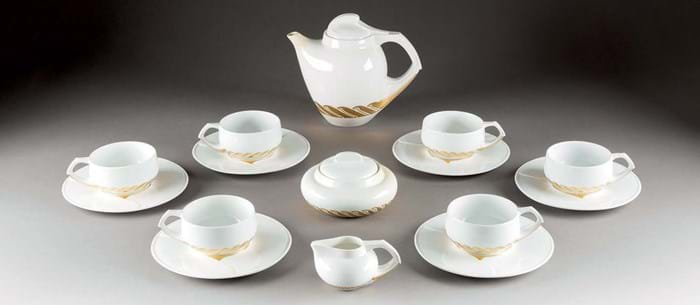
Coffee service with Peitschenhieb (Whiplash) decoration designed by Henry van de Velde for Meissen – sold for €57,000 (£51,820) at Hargesheimer.
Numerous bidders recognised the rarity of the coffee service for six people which took the top price at Hargesheimer (25% buyer’s premium) in Düsseldorf on March 12-14.
The service with Peitschenhieb (Whiplash) decoration in a rare gold variant (previewed in ATG No 2432) was designed by the Belgian-Flemish architect and designer Henry van de Velde for the Meissen porcelain factory in 1903, in an attempt to modernise the image of the historical company.
While several contemporary critics were not impressed by this design, modern collectors are much more appreciative. Bidders from several quarters took the price from the estimated €6000 to €57,000 (£51,820). The auction was listed with online marketplaces lot-tissimo.com, thesaleroom.com and auction.fr.
Drinking vessel with a twist
The kuttrolf was an unusual form of drinking vessel or flask that was particularly popular in Germany from the 15th to the early 18th century. The bottom part of the vessel is connected to the top by a varying number of spiralling or twisted glass tubes.
Its origins reach back into Roman times, but similar vessels have also been found at Syrian excavation sites. Although generally part of German culture from the Middle Ages onwards, the kuttrolf was also found in the Netherlands, sometimes in Bohemia.
A fine example, 10in (26cm) high, came up for sale at Dr Fischer (28% buyer’s premium) in Heilbronn on March 21.
It could be dated to the 17th century and was of either German or Dutch origin. It incorporated four, characteristically twisted tubes. Until 1982 the kuttrolf had belonged to the Krug Collection of Glass, which was sold by Sotheby’s in a series of auctions in London. The estimate was €3000-4000, but it finally went to an Austrian collector for €8500 (£7730).
Game of strife
The sale of modern design held by Siebers (25% buyer’s premium) in Stuttgart on March 25-26 was held on lot-tissimo.com and thesaleroom.com.
One of the highlights was a Russian propaganda porcelain chess set, designed in 1922 by the painter and sculptor Natalija Jakowlewna Danko.
The Reds and the Whites, as the set was called, was produced in the State Porcelain Factory in Leningrad. Until 1917 it had been the Imperial Factory and in 1925 it was renamed once again to become the Leningrad Lomonosov Porcelain Factory. In the same year, a chess set of this design was shown at Exposition Internationale des Arts Décoratifs in Paris, resulting in numerous orders from many parts of the world.
This was perhaps somewhat surprising, considering the unmistakable political message embodied in the figures. On the white capitalist side, the King is modelled as Death in armour and an ermine cloak, his Queen as the goddess Fortuna holding a cornucopia stuffed not with food, but with gold coins.
Their counterparts on the communist side are an honest blacksmith and a worker Queen holding a true horn of plenty.
On auction day, bidding started at €3000 and only finished when the hammer fell at €11,000 (£10,000). The buyer was an English collector, bidding by post.
Christ rises to double the estimate
Nagel (33% buyer’s premium) was pleased with the online performance of its sale in Stuttgart on March 18. Held on lot-tissimo.com, it also took phone and written bids.
Several bidders set their sights on a 17th century Sicilian figure of the Flagellated Christ, carved in pink alabaster with grey veins.
The 20in (51cm) high seated figure bore traces of red paint on inside of the cloak and the remnants of a gold pattern on the outside. It came from a French collection and was expected to bring €10,000. Although it was not in pristine condition, it more than doubled the guide and was knocked down to an anonymous buyer for €22,000 (£20,000).
An 18ct gold Breguet pocket watch sold for €9500 (£8640) to a bidder on lot-tissimo.com while the highest price of the sale the highest price of the sale was achieved for another river landscape, Jean-Baptiste Camille Corot’s Bouquet d’arbres avec une paysanne et un batelier, which brought the estimated €70,000 (£63,635).
Centre of attention in Heidelberg
Even though the hustle and bustle of a normal auction was missing, Metz (25% buyer’s premium) in Heidelberg was delighted with its highly successful online sale on March 20-21. Held on lot-tissimo.com and thesaleroom. com, all the lots were offered without reserve.
Among the top results was that for a large silver centrepiece from the late-19th or early-20th century. It was 18in (46cm) high and weighed more than 105oz (3kg).
The marks identified it as the work of the Munich silversmith Carl Weishaupt. The roots of the company, which is still in business, go back to 1692. Its current name dates from the mid-19th century, when Carl Weishaupt became court silversmith to the Bavarian monarch Ludwig I. Carl died in 1864, but the company has retained his name until today.
Around the turn of the century, there was a great demand for Jugendstil cutlery and centrepieces such as the one sold in Heidelberg. It was surmounted by a figure of St George and the Dragon and set with emeralds, pearls and coral.
After a long tussle, it went to a new owner for €12,500 (£11,365).


